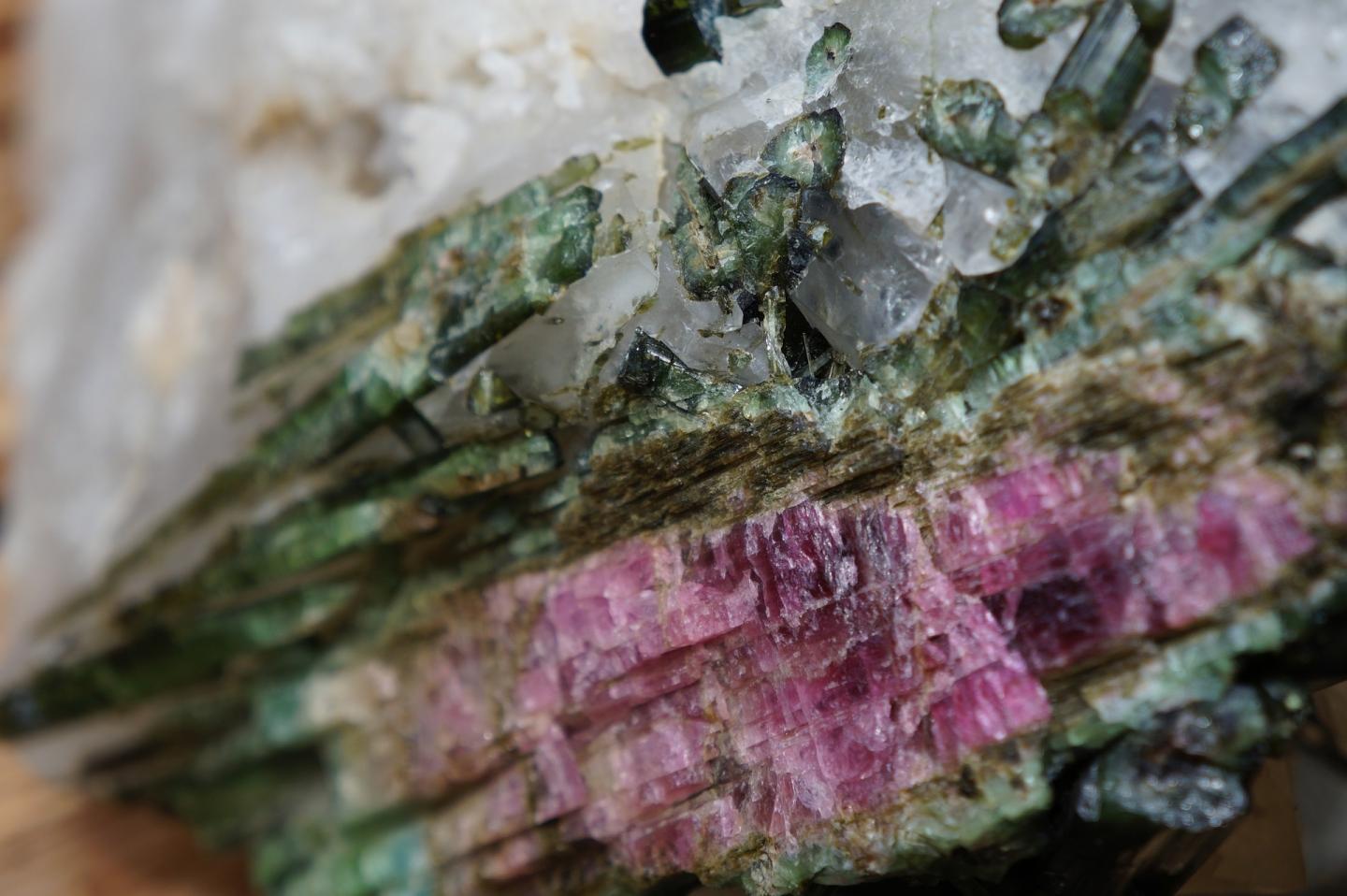Could a new classification system that accounts for minerals’ distinct journeys help us better understand mineralogy as a process of universal and planetary evolution?

Credit: Public domain
Washington, DC–The first minerals to form in the universe were nanocrystalline diamonds, which condensed from gases ejected when the first generation of stars exploded. Diamonds that crystallize under the extreme pressure and temperature conditions deep inside of Earth are more typically encountered by humanity. What opportunities for knowledge are lost when mineralogists categorize both the cosmic travelers and the denizens of deep Earth as being simply “diamond”?
Could a new classification system that accounts for minerals’ distinct journeys help us better understand mineralogy as a process of universal and planetary evolution?
The current system for classifying minerals–developed by James Dwight Dana in the 1850s–categorizes more than 5,400 mineral “species” based on their dominant chemical compositions and crystalline structures. This is an unambiguous, robust, and reproducible designation scheme.
Carnegie’s Robert Hazen suggests an additional classification system, which could amplify existing knowledge of how minerals evolve over time without superseding the existing designations. In American Mineralogist‘s Roebling Medal Paper, Hazen argues for categories that reflect a deeper, more-modern understanding of planetary scale transformation over time.
A system grouping minerals and non-crystalline natural solids–which are not currently classified by the existing system–into what Hazen calls “natural kind clusters” would better reflect the inherent messiness of planetary evolution, he explains.
“For maximum efficacy, scientific classification systems must not just organize and define, but also reflect current theory, and allow it to expand and guide us to new conclusions,” Hazen says.
He pioneered the concept of mineral evolution–linking an explosion in mineral diversity to the rise of life on Earth and the resulting oxygen-rich atmosphere. Hazen then added another layer to his vision by introducing mineral ecology–which analyzes the spatial distribution of Earth’s minerals to predict which ones remain undiscovered and to assert our planet’s mineralogical uniqueness.
A system of categorization that reflects not just a mineral’s chemistry and crystalline structure, but also the physical, chemical, or biological processes by which it formed, would be capable of recognizing that nanodiamonds from space are fundamentally different to diamonds formed in Earth’s depths.
The existing classification system groups some minerals with disparate formation histories together in one category, while splitting others with similar origin stories into separate mineral species.
Another example: currently 32 different mineral species of the “tourmaline group” are delineated by the distribution of the major elements of which they are comprised. So, a single shard of tourmaline with slight variations in chemistry often contains multiple species of the mineral, even if they all formed in the same geologic event.
A natural kind classification system would rectify that problem, and allow for the inclusion of non-crystalline materials, such as volcanic glass, amber, and coal, which currently aren’t counted as minerals, but can offer knowledge about our evolving planet.
“Earth’s mineralogy tells vivid stories, revealing how eons of geologic activity and the rise of life facilitated novel combinations of elements,” Hazen argues. “But to glean every nuance of this mineralogical text, we must embrace a new language for describing the creation of minerals that reflects the passage of time.”
###
This publication is a contribution to the Deep Carbon Observatory. Studies of mineral evolution and mineral ecology are supported by the Deep Carbon Ob¬servatory, the Alfred P. Sloan Foundation, the W.M. Keck Foundation, the John Templeton Foundation, the NASA Astrobiology Institute, a private foundation, and the Carnegie Institution for Science.
The Carnegie Institution for Science is a private, nonprofit organization headquartered in Washington, D.C., with six research departments throughout the U.S. Since its founding in 1902, the Carnegie Institution has been a pioneering force in basic scientific research. Carnegie scientists are leaders in plant biology, developmental biology, astronomy, materials science, global ecology, and Earth and planetary science.
Media Contact
Robert Hazen
[email protected]




